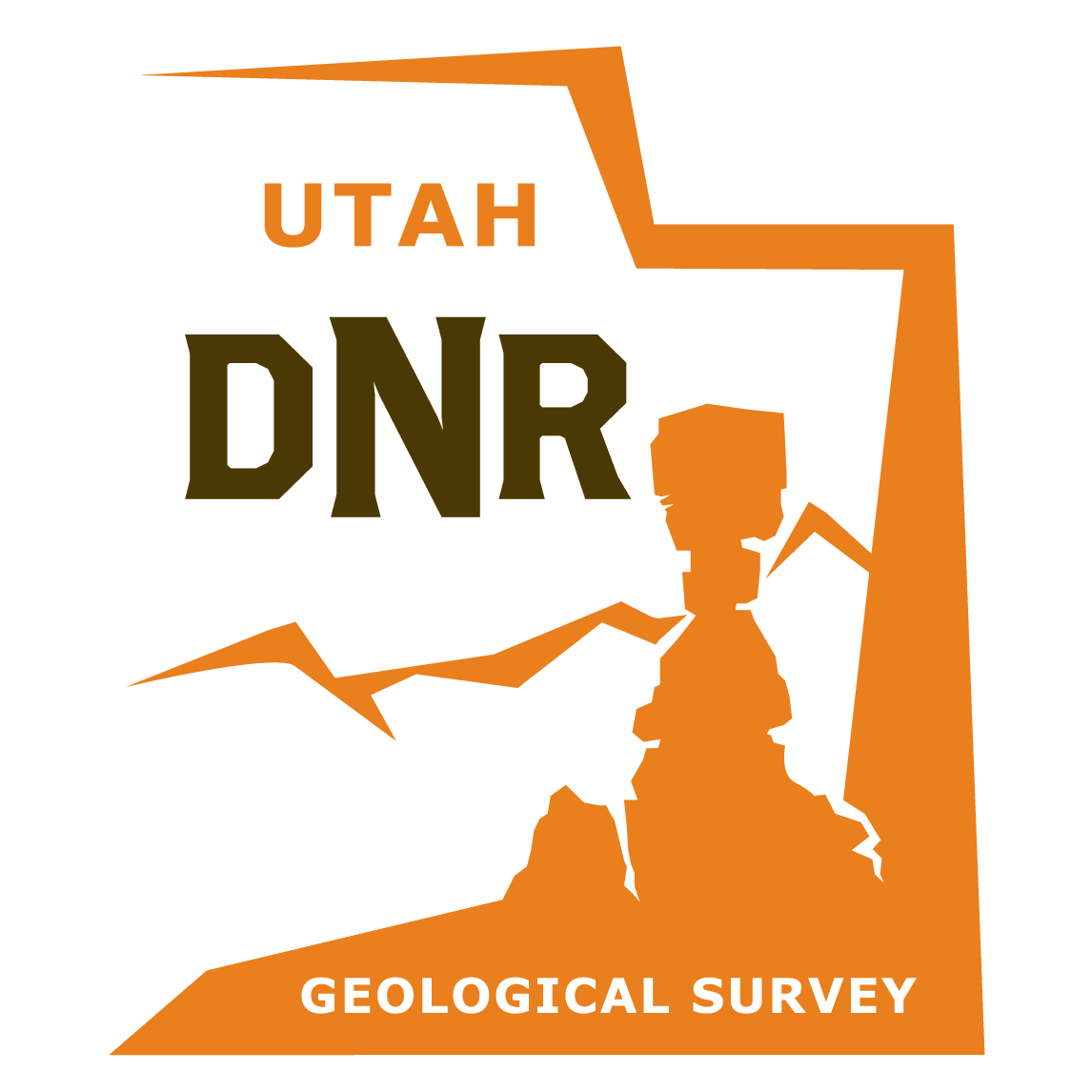A dino article to contemplate over your lunch break—evidence of paleoenvironments and how they may have existed.
nature.com
Relationships between non-avian theropod dinosaurs and extant and fossil birds are a major focus of current paleobiological research. Despite extensive phylogenetic and morphological support, behavioural evidence is mostly ambiguous and does not usually fossilize. Thus, inferences that dinosaurs, especially theropods displayed behaviour analogous to modern birds are intriguing but speculative. Here we present extensive and geographically widespread physical evidence of substrate scraping behavior by large theropods considered as compelling evidence of “display arenas” or leks, and consistent with “nest scrape display” behaviour among many extant ground-nesting birds. Large scrapes, up to 2 m in diameter, occur abundantly at several Cretaceous sites in Colorado. They constitute a previously unknown category of large dinosaurian trace fossil, inferred to fill gaps in our understanding of early phases in the breeding cycle of theropods. The trace makers were probably lekking species that were seasonally active at large display arena sites. Such scrapes indicate stereotypical avian behaviour hitherto unknown among Cretaceous theropods, and most likely associated with terrirorial activity in the breeding season. The scrapes most probably occur near nesting colonies, as yet unknown or no longer preserved in the immediate study areas. Thus, they provide clues to paleoenvironments where such nesting sites occurred.
READ MORE


